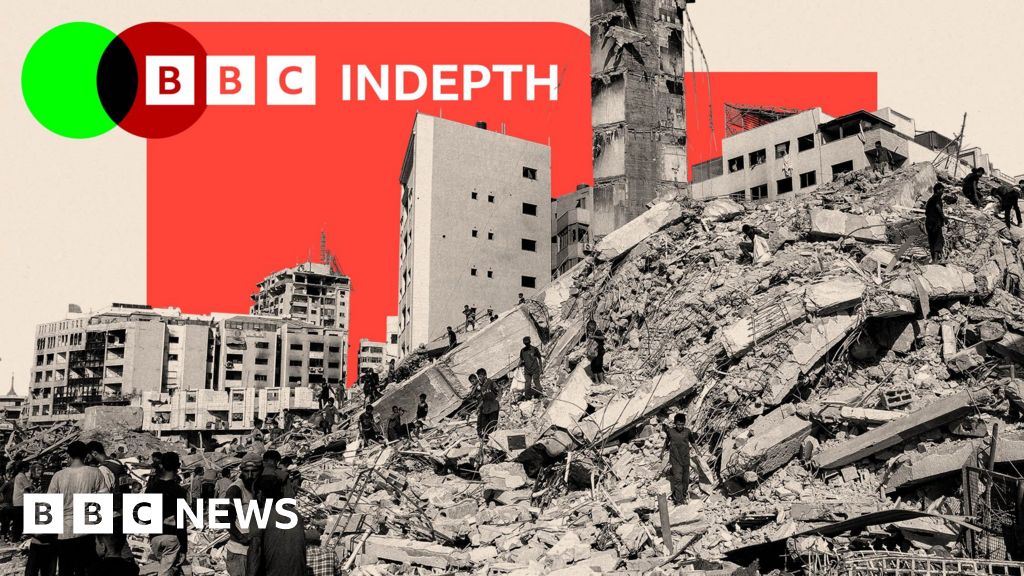
'I saw my Gaza homeland rebuilt before but this time's different'
The camel took Ayish and his grandmother seven miles south from Barbara, to an area held by Egypt that would become known as the Gaza Strip. It was just 25 miles long and a few miles wide, and had just become occupied by Egyptian forces. In all an estimated 700,000 Palestinians lost their homes and became refugees as a result of the war of 1948-49; around 200,000 are believed to have crowded into that tiny coastal corridor. "We had bits of wood which we propped against the walls of a building to make a shelter," Ayish says. Later, they moved into one of the huge tented camps established by the United Nations. Today, aged 89, Ayish is again living in a tent in Al-Mawasi near Khan Younis. In May last year, seven months into the two-year war between Israel and Hamas, Ayish was forced to leave his home in the southern Gaza city of Rafah after an evacuation order from the Israeli military. The four-storey house, divided into several apartments, that he had shared with his children and their families, was destroyed by what he believes may have been Israeli tank-fire. Now, home is a small white canvas tent just a few metres across.